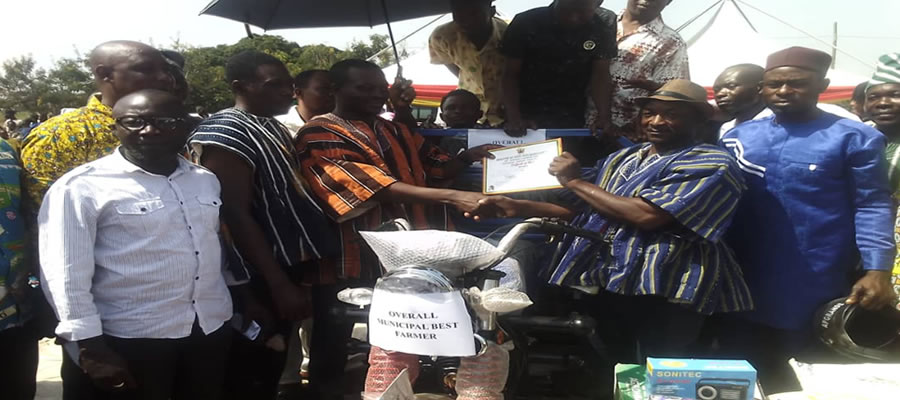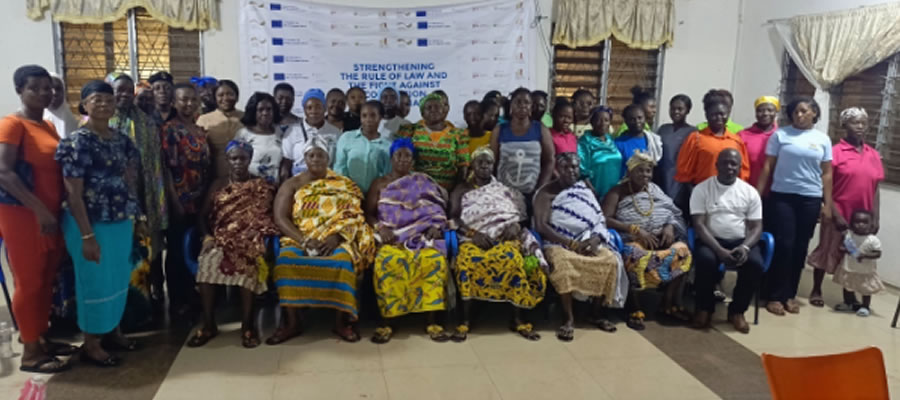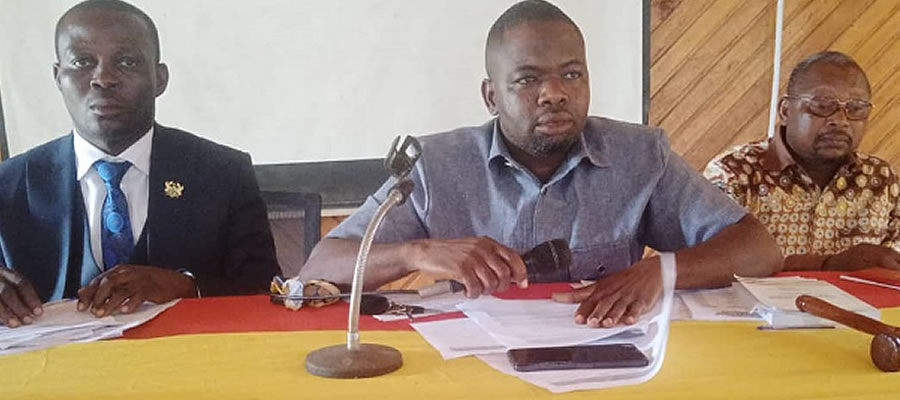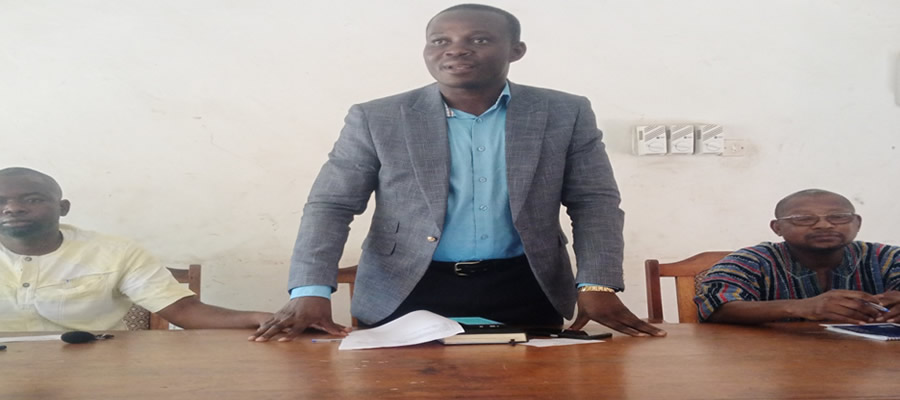

Vulnerability Analysis
Vulnerability and exclusion is a feature of poverty and manifest in various forms. Emerging forms of exclusion and vulnerability depicts worsening forms of poverty. These include the phenomenon of street children, increasing child labor; the phenomenon of Kayayei, families plunged into poverty by HIV/AIDS and victims of traditional harmful practices and domestic violence. The most vulnerable and the excluded groups in the Atebubu-Amantin Municipal include, the physically - challenged persons, Children in difficult circumstances, victims of abuse, disadvantaged women, rural agricultural producers, and victims of harmful traditional practices.
The Physically Challenged Persons
There are 3,767 disabled persons in the Atebubu-Amantin Municipal (DSW, 2014). They constitute about 7% of the district’s population. The major types of disabilities in the Municipal include: blindness, deafness, dumbness, numbness, fits (epileptics), physical impairment, leprosy, and mental disorder/ retardation. Physical impairment is the most leading form of disability, as it accounts for over 65% of all disabilities in the district. This is followed by visual impairment, which is 27%.
The list of disabilities and the percentage of occurrence can be seen in the Table 29.
Table 29 also shows the number of disability by sex and age. Males constitute majority (58%) of the disabled. In terms of age, the disability rate is higher among the economically active age group (15-60), they constitute 52%. This is followed by the aged (60+) and children (0-14) with 31% and 17% respectively.
Disability and Employment
About 15% of the disabled within the economically active age group are engaged in some form of economic activities that earn them income. However, only 0.25% out of the 15% is employed in the formal sector while the rest are in the informal sector; mostly in handicrafts, petty trading, farming and poetry. The remaining 85% are unemployed. They survive mainly through begging totally depending on their relatives. About 60% of the unemployed have no employable skills while those with employable skills are either competed out or have no start-up capital to set up business ventures.
Disability and Education
The educational attainment of people living with disabilities in the Municipal is remarkably low as compared to those without disabilities. More than three-fifth of the people with disabilities have never been to school. The downward trend in the educational attainment of PWDs is mainly attributed to the lack of support and care for them in school and at home. The acquisition of equipment and facilities necessary to aid their movement is seriously hampered by their lack of financial support. Stigma from society and the absence of role models and mentors for PWDs also pose a serious setback to their access to education at all levels. However, at the basic level, the situation is relatively better for disabled children under 15 years.
In addition to those who are attending schools in the district, there are 20 deaf students (18 boys and 2 girls) that are currently attending specialized (deaf and dumb) schools in Jamasi, Wenchi, Akropong and Wa, all outside the district.
Disability and Social Life in the District
Exclusion and the negative perception about people living with disabilities have greatly affected the psycho-social make-up of the disabled in the district. Over 30% of disabled people interviewed have psycho-social problems due to exclusion, financial difficulties, poor access to proper medical care and other basic social services (DSW, 2014). A sizeable percentage of PWDs in the MUNICIPAL do not participate in family activities whiles others are either consciously or unconsciously excluded from all kinds of community activities.
Date Created : 3/27/2023 2:11:26 AM












 facebook
facebook
 twitter
twitter
 Youtube
Youtube
 +233 593 831 280
+233 593 831 280 0800 430 430
0800 430 430 GPS: GE-231-4383
GPS: GE-231-4383 info@ghanadistricts.com
info@ghanadistricts.com Box GP1044, Accra, Ghana
Box GP1044, Accra, Ghana